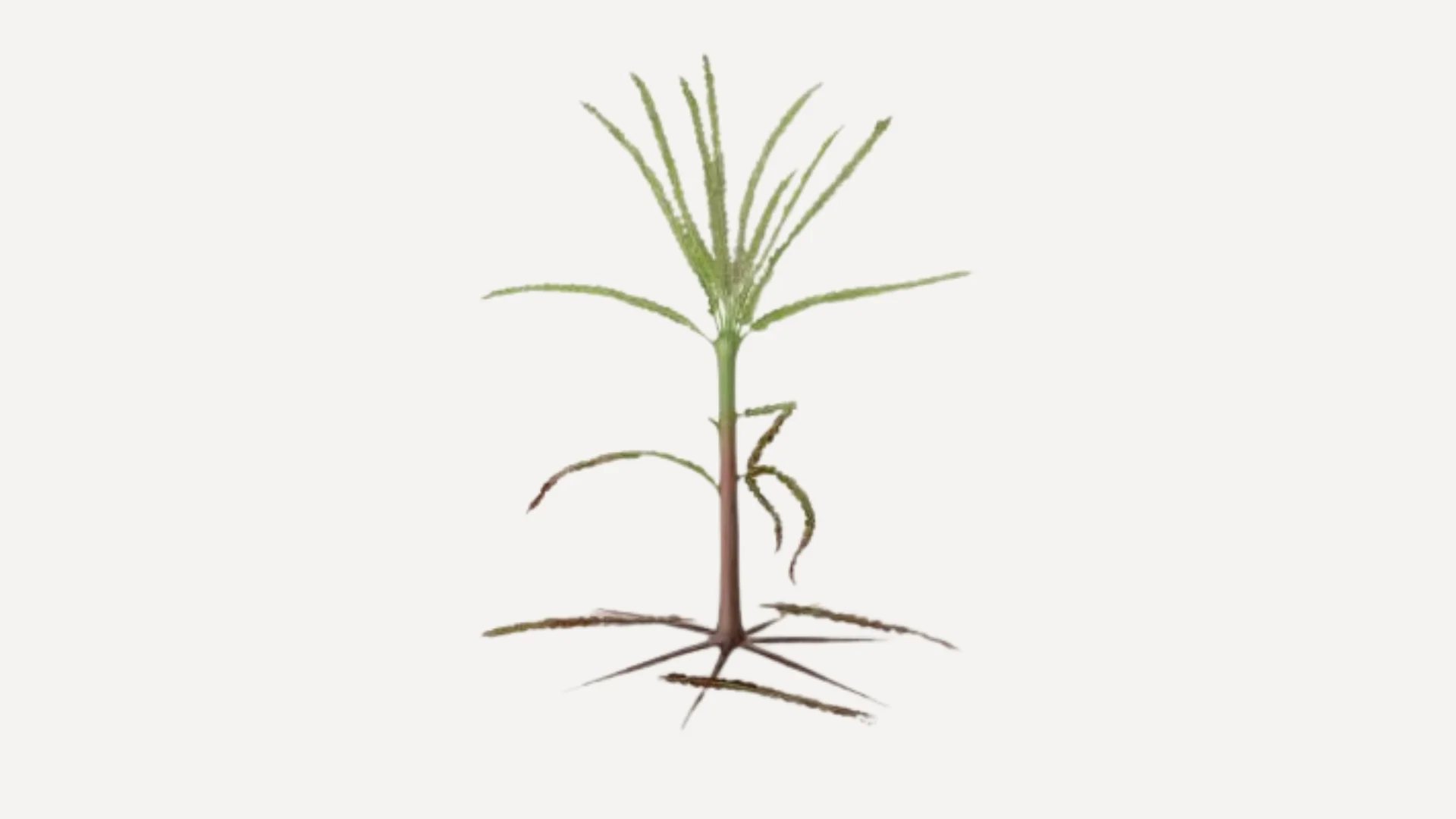A new species of prehistoric plant has been discovered in Socorro County, New Mexico, by researchers from the Smithsonian and the New Mexico Museum of Natural History & Science (NMMNHS). Named Socorropteris cancellarei, this plant existed around 290 million years ago during the Permian Period. The discovery sheds light on the ancient landscape of what is now southern New Mexico.
The research findings were published in the journal Annals of Botany. William DiMichele from the Smithsonian collaborated with NMMNHS Curator Spencer Lucas and Research Associates Susan Harris and Paul May on this study. "Even during our museum’s renovation, our researchers continue their work scientifically exploring our world," said Dr. Anthony Fiorillo, Executive Director of NMMNHS. He emphasized that this discovery highlights New Mexico's rich Paleozoic Era life and prompts further questions about ancient plant life in the region.
The fossils were found by Susan Harris in northeastern Socorro County. The species honors Joe Cancellare, a long-time volunteer at NMMNHS. "Naming the new plant after Joe was to honor his outstanding service to the Museum and to the science of paleontology," said Dr. Spencer Lucas.
Socorropteris cancellarei was a small upright plant with numerous leaves at its apex, measuring approximately 20 cm in height. It likely thrived as an opportunistic colonizer in disturbed habitats caused by natural events like floods or fires. Researchers are intrigued by its rarity despite expected widespread flooding during its time, suggesting possible fragility or sampling biases.
The New Mexico Museum of Natural History & Science operates under the New Mexico Department of Cultural Affairs and is temporarily closed for renovations.
Information from this article can be found here.









